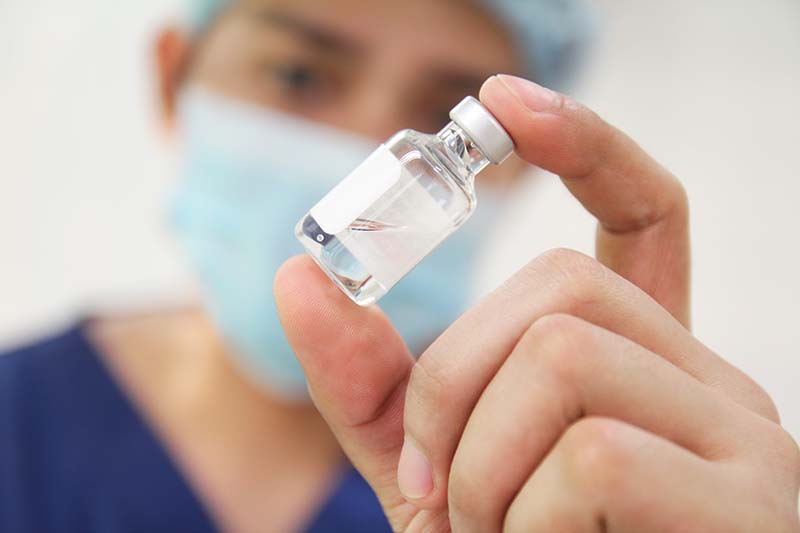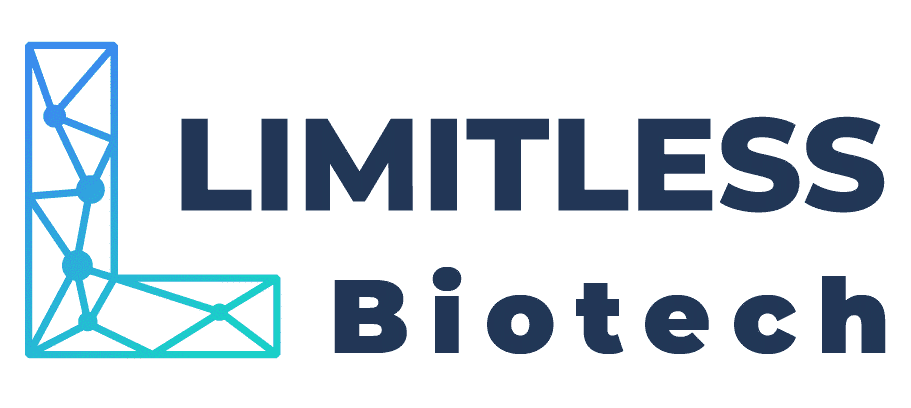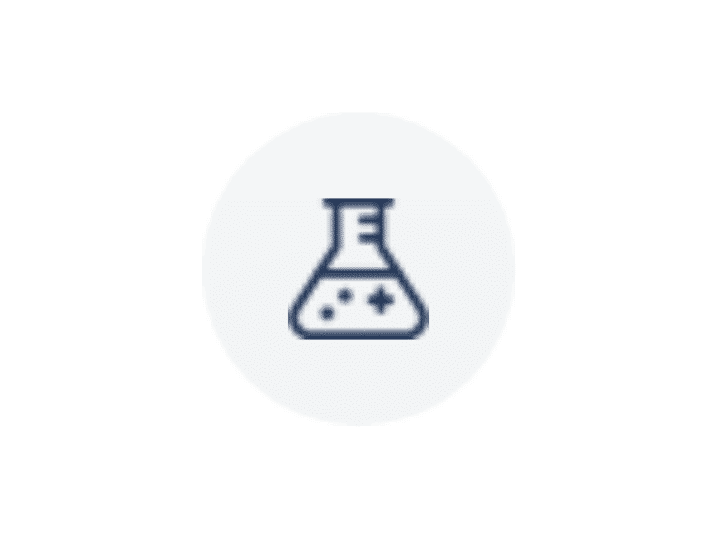How to Properly Reconstitute
People might be astounded by the number of peptides available in the market. The potency and widespread use of peptides can be attributed to their ability to cover all aspects of biological functioning, whether it is regulating circadian rhythms through melatonin, managing growth hormones, making people look younger through anti-aging effects, or even assisting in weight management. One peptide variant is also used exclusively for scientific research purposes and is called Ipamorelin peptide.

People can buy peptides from any reputable source. However, the true challenge is knowing how to reconstitute the lyophilized peptide after buying it. This is the tricky part, and it’s important to get this critical step correct. The reconstitution and preparation processes must be precise to guarantee optimum peptide effectiveness. Read on to learn about lyophilized peptides, peptide reconstitution, and the difference between bacteriostatic and sterile water.
Lyophilized Peptides
Peptides are often delivered in a freeze-dried state called a lyophilized powder. Lyophilization removes water from a substance when it has been frozen and places it in a vacuum, letting the ice transition directly into a vapor state without melting into liquid form. Peptides are exceptionally stable when kept as a lyophilized powder at -20 degrees Celsius. It is highly recommended to retain all peptides in a lyophilized form and reconstitute only what is required for immediate use.
What Is Peptide Reconstitution?
Proper reconstitution and upkeep of the peptides are critical to their effectiveness. If the peptides are not kept or appropriately reconstituted, they may be damaged or degraded. To make it usable, a liquid is added to the peptides in a step called peptide reconstitution.
Nevertheless, one cannot simply add any fluid to the compound carelessly. It’s important to add the appropriate solution to avoid damaging or ruining the compound.
Peptide Reconstitution Procedure
To begin with, the following supplies and ingredients are required for effective peptide reconstitution:
- A syringe
- An alcohol wipe
- Bacteriostatic water (reconstitution solution) or sterile water
- Lyophilized peptides
To start the peptide reconstitution procedure, use an alcohol wipe to clean off the tops of the vials as a precautionary measure. Then, with the syringe, draw out the bacteriostatic or sterile water from that vial. Always remember not to touch the needle because it is sterilized, and touching it might contaminate it.
When reconstituting, remember that various applications require varying quantities of fluid. Dispense the syringe straight into the lyophilized peptide vial. Avoid pumping the water straightaway into the vial, as this will harm the peptide and render it ineffective.
Peptide reconstitution is a process that involves the preparation of a dry peptide powder for use in a biological experiment or in medical treatment. The following are the steps involved in peptide reconstitution:
- Assemble the necessary materials: You will need a dry peptide powder, a sterile solvent, such as sterile water or a buffer solution, a sterile container or vial to hold the reconstituted peptide, and a sterile syringe or pipette.
- Choose the right solvent: Determine which solvent is best for your particular peptide and application. Some peptides dissolve well in water, while others require a buffer solution.
- Measure the required volume of solvent: The amount of solvent required will depend on the concentration of the peptide desired. Follow the instructions provided with the peptide or consult a protocol for the recommended volume.
- Add the solvent to the vial: Transfer the appropriate volume of solvent to the vial or container.
- Reconstitute the peptide: Carefully open the peptide vial and introduce the solvent into it, ensuring that it blends with the dry peptide powder. Shake and swirl the vial, allowing the contents to mix thoroughly. Continue this process until the solution becomes clear, indicating that the peptide has fully dissolved in the solvent.
- Store the reconstituted peptide: Once the peptide has dissolved, it can be stored in the refrigerator for later use.
- Use the reconstituted peptide: When ready to use, shake or swirl the vial to ensure that the peptide is evenly distributed and ready for use.
Note: It is important to maintain sterile conditions throughout the entire reconstitution process to avoid contamination of the reconstituted peptide.
Sterile Water vs. Bacteriostatic Water
Bacteriostatic water and sterile water are fundamentally utilized to dissolve drugs and medications for injection. However, they vary in composition.
Bacteriostatic water: Bacteriostatic water has 0.9% benzyl alcohol as a preservative. The inclusion of benzyl alcohol inhibits bacterial growth and increases the shelf life of bacteriostatic water peptide vials by almost 28 days.
Sterile water: A sterile water vial, in comparison, does not have any chemical additives that can preserve it and make it infection-proof for a more extended period.
Therefore, it must be used instantly after breaking the seal.
Because of the longer shelf life, bacteriostatic water vials typically have a significantly higher volume. In contrast, a sterile water vial has much less liquid and must be discarded after the first use. However, it is worth noting that one cannot consume bacteriostatic water directly without first neutralizing it with medication since the benzyl alcohol may cause undesirable cellular responses.











